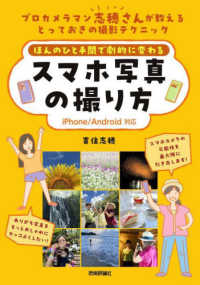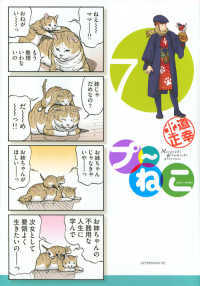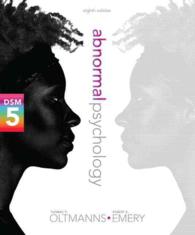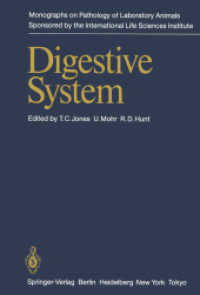- ホーム
- > 洋書
- > 英文書
- > Literary Criticism
Full Description
A biography of the book that inspired Prince to adopt purple as his signature color, Pulitzer-Prize-winning author Richard Powers to become a writer, and countless other creative people to become artists.
A primer on the art and design of children's picture books, renowned children's literature scholar Philip Nel takes the reader on an illustrated tour through all that made Crockett Johnson's Harold and the Purple Crayon an astonishing success: from Harold's clear line, Johnson's carefully planned improvisation, the Garamond typeface, the real "Harolds" who inspired the title character, how Johnson overcame his editor's initially lukewarm reaction, to the role of the book's three colors (purple, brown, white), and whether or not the tan-hued Harold himself is a child of color.
In a series of microhistories that ripple outward from Harold and the Purple Crayon, 30 brief chapters explore the big ideas behind this small book. Johnson's classic raises questions about the nature of reality; creative expression during the Cold War; the implied audience of children's literature; abstract art versus representational art; and the color of crayons, ink, and people. All of these questions depend upon how children's picture books work--in this case, the apparent invisibility of Johnson's design choices, the limits imposed by the offset color lithography printing process, the history of the crayon, and the book's circulation into the hands of many real children around the world.
This small book explores the pleasures of looking closely. Indeed, picture books are many people's introduction to looking closely. As a portable gallery, the picture book is a democratic art form, requiring only a library card to view. In modeling the pleasures of sustained attention, this book invites you to look closely at art that interests you--picture books, of course, but any kind of art. When you look, listen, or read closely, what questions does the art invite?
Contents
Introduction: How to Read Harold
1. A child-sized book
2.








